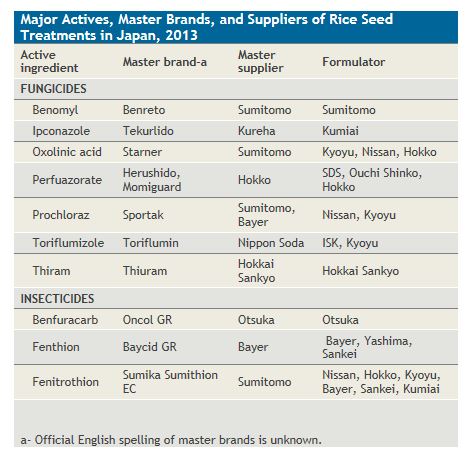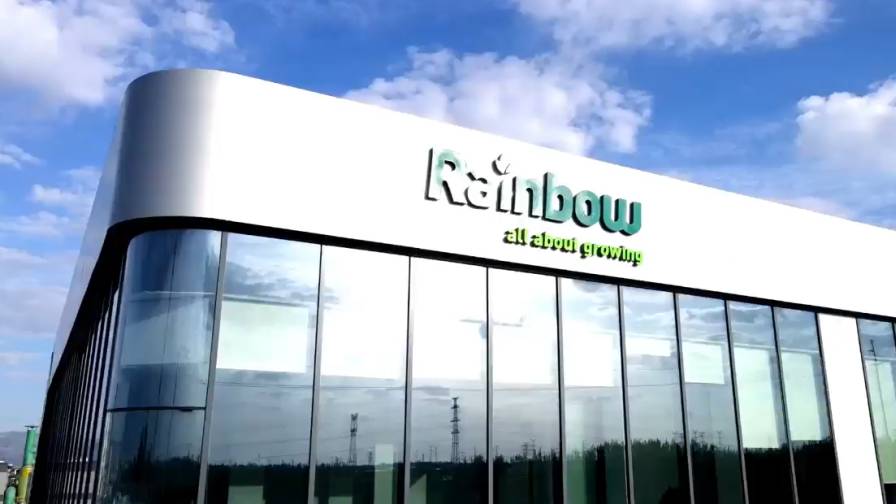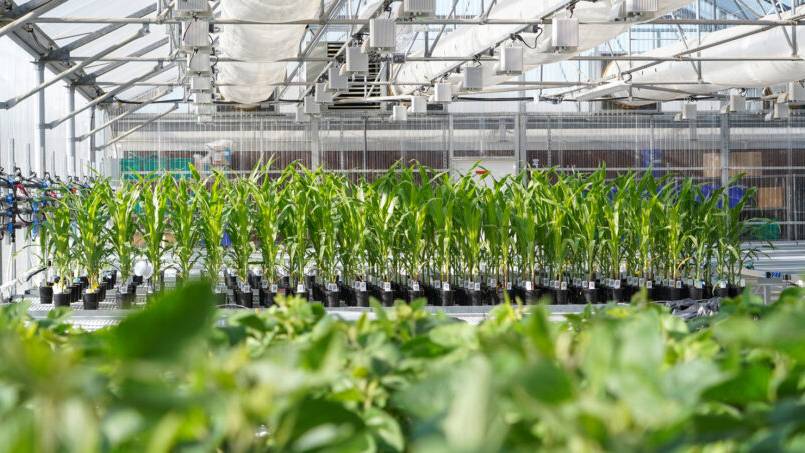Japanese Seed Treatment Market for Rice Climbs – Kline
The market for seed treatment products in rice areas in Japan saw a slight increase last year, with nearly $48 million at the manufacturers’ level applied to about 1.54 million base hectares, according to a new report from Kline & Co.
According to Kline, seed treatment represents approximately 8% of the Japanese market for fungicide, insecticide and fungicide/insecticide products applied in rice, valued at roughly $611 million distributor-level values in 2013. The market for foliar, planter box and in-furrow fungicide and insecticides represents the remaining percentage of total sales to control disease and pests in rice.
The report said that as a result of a slight increase in planted area and favorable yields due to generally positive weather conditions throughout the growing season, overall rice production volume increased over the previous year. Likewise, bullish wholesale prices encouraged increased planting in 2013.
Three insecticide active ingredients are used to protect rice seed: fenitrothion, fenithion and benfuracarb. These are formulated into multiple products to enable formulators/marketers to provide rice growers with insect protection for rice seed.
While microbial pesticides and hot water treatments have gained some market share in the past decade, synthetic agrochemicals continue to provide the most stable and effective approach to control a broad range of rice diseases, according to Kline. Chemical seed treatment products in Japan are based on a few active ingredients formulated into branded products.
“In recent years, Japanese consumers have become increasingly interested in environmental conservation-oriented agriculture and are becoming increasingly concerned about food safety,” the report stated. “There is presently an increasing demand for environmentally friendly techniques to replace chemicals in pest and disease control in crops, including the one sown over the largest area in Japan (rice).”







